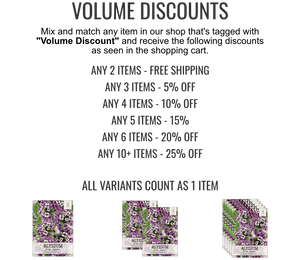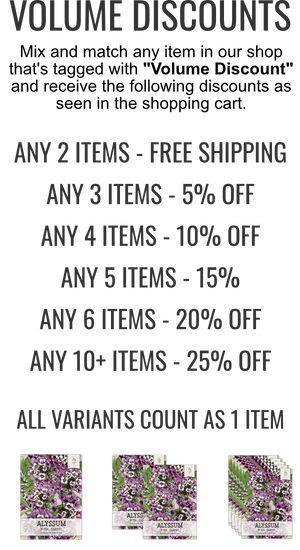Bottle gourds, also known as birdhouse gourds, belong to the species Lagenaria siceraria. They are vining plants with large, showy white flowers and produce fruits that vary significantly in size and shape, ranging from small, bottle-like containers to large, elongated forms. These gourds are not just ornamental; they're versatile, used for everything from birdhouses to musical instruments and utensils once dried. The plant's foliage is dense, making it useful as an ornamental screen in gardens.
The history of bottle gourds traces back over 4,000 years, with origins likely in Southern Africa. Genetic research indicates they were among the first plants domesticated, spreading from Africa to Asia and then to the Americas, possibly carried by ancient humans or even floating across oceans naturally. This gourd's utility was recognized early on for its hard shell, which could be fashioned into containers, utensils, and more, reflecting its importance in various cultures across millennia. This widespread cultivation and utility make the bottle gourd a fascinating study in plant domestication and human migration patterns.






